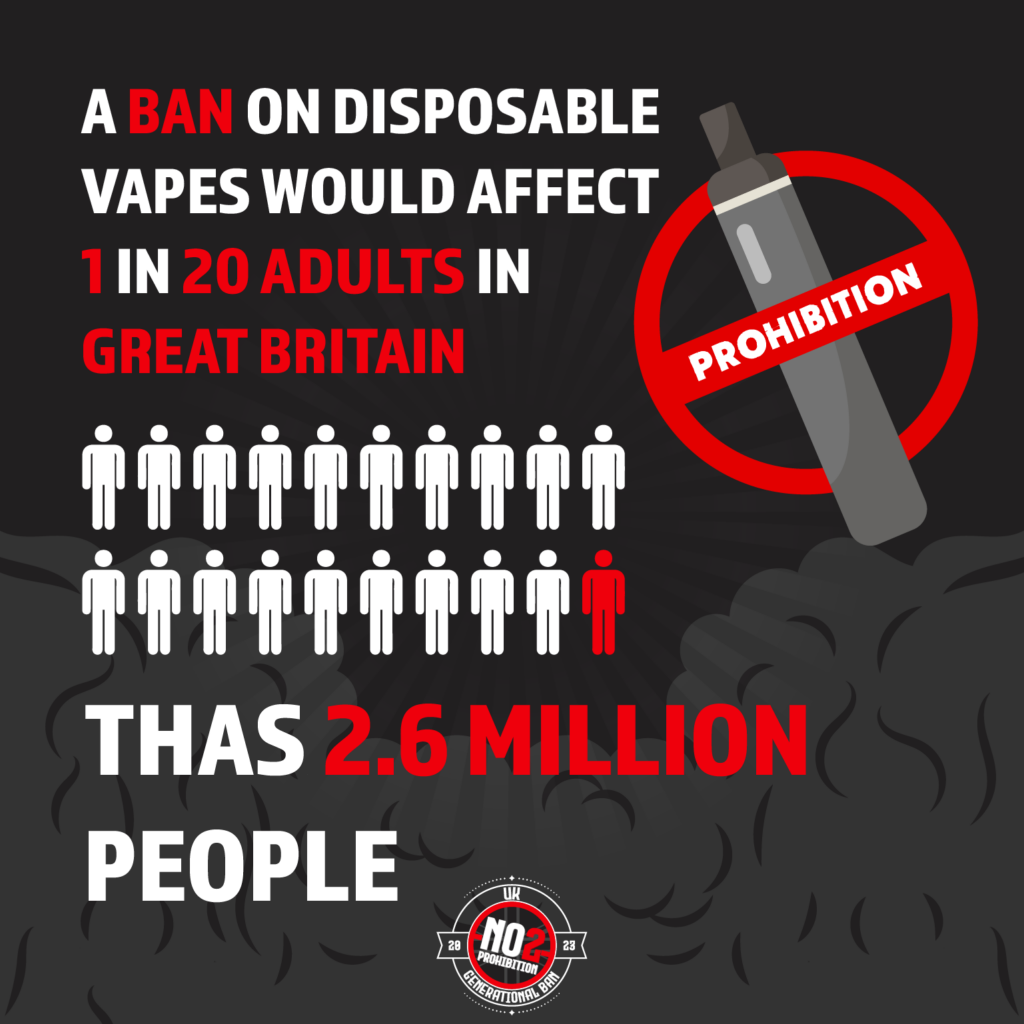Rishi’s Vape Ban: Last Nail in the Coffin of UK’s Harm Reduction Leadership
London, January 29th, 2024 – The Consumer Choice Center (CCC), a global advocacy group championing individual freedom and consumer choice, criticises the UK government’s latest announcement to introduce bans on disposable vapes, limit vaping flavours, and ban tobacco products for everyone born on or after January 1st, 2009.
Fred Roeder, Managing Director of the Consumer Choice Center, warns that the UK will lose its global leadership in cutting smoking rates thanks to smart regulations. Roeder stated, “For over a decade now, the UK’s approach was the global gold standard on combatting smoking rates – Rishi’s giga ban package will be the last nail in the coffin of the UK’s harm reduction leadership.”
Roeder continues, “Smoking rates are already at historic lows. This shows that previous policies have worked. Stricter enforcement of age restrictions at the point of sale is a good idea. However, banning entire categories of innovative products is going exactly in the wrong direction. As a former smoker who was able to quit thanks to vaping, I can only say that the planned ban on disposables will make it harder for people to quit. 5% of UK adults currently use disposable vapes – Do we really want to risk that many of them pick up smoking again?”

The Consumer Choice Center highlights on its campaign website www.no2prohibition.uk the issues with Rishi’s generational ban and vape restrictions.









